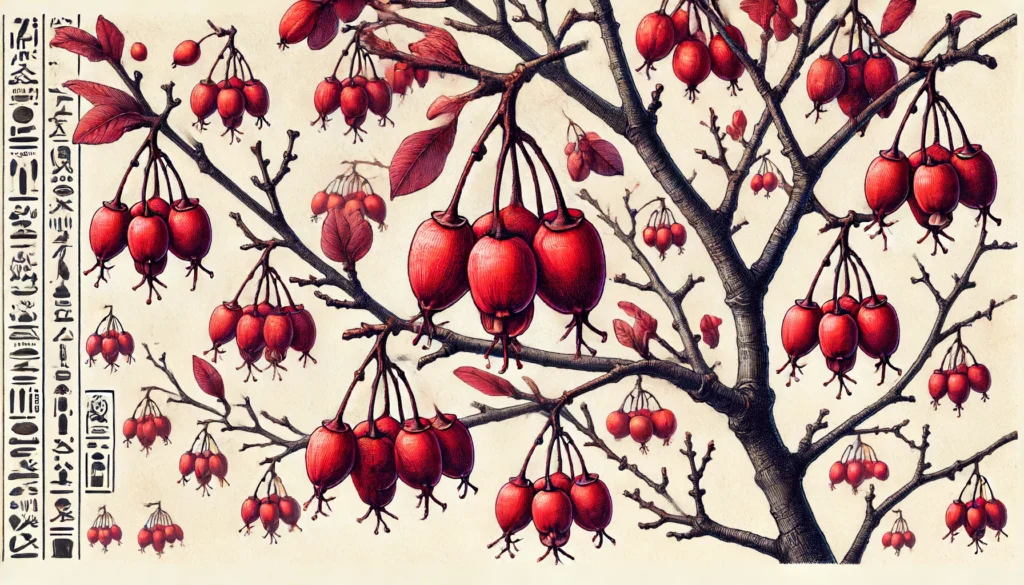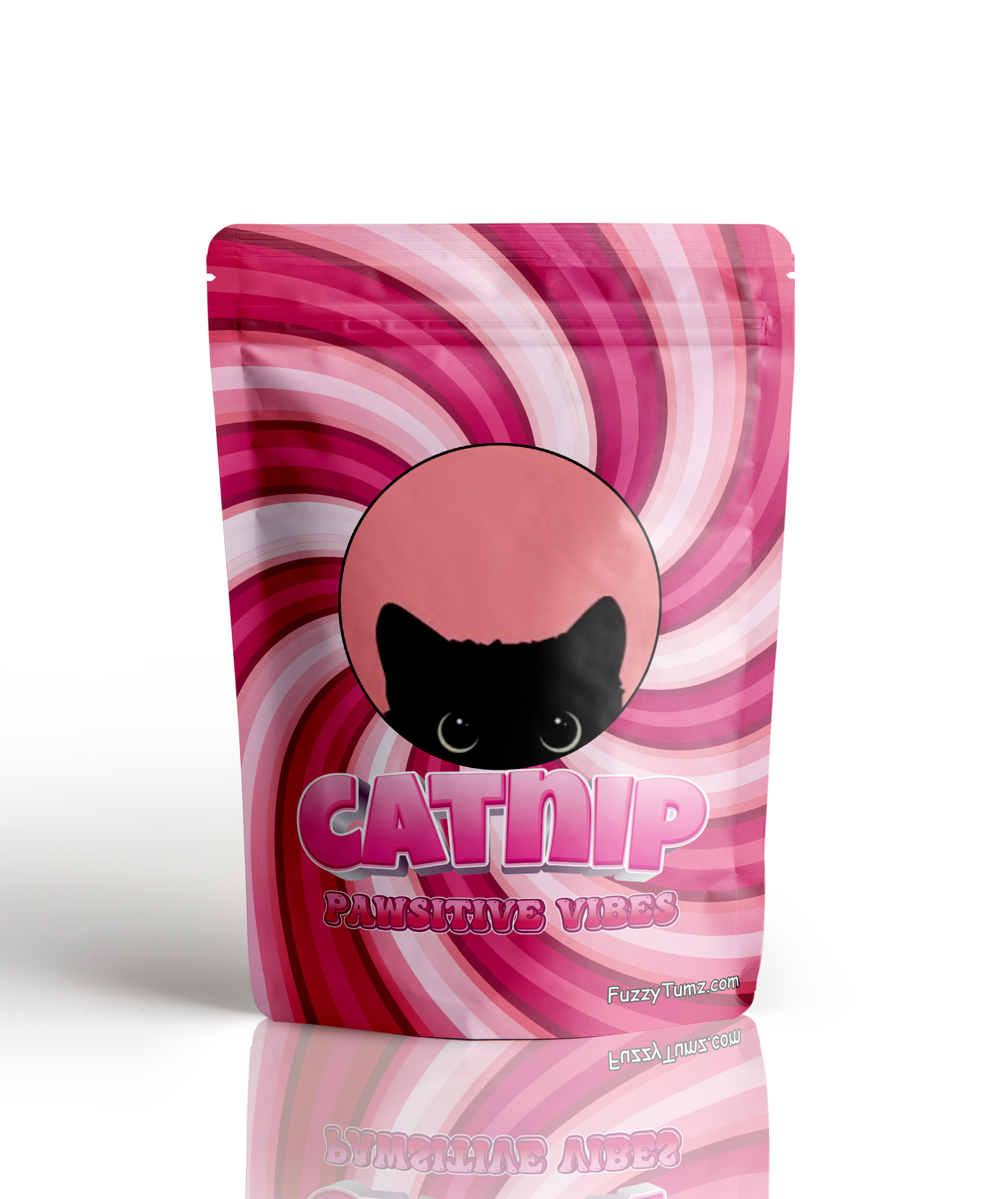Home » Cat Plants » What Makes the Burning Bush Plant Dangerous for Cats?

The Burning Bush (Euonymus atropurpurea) is a toxic plant for cats. It contains alkaloids and cardiac glycosides that can cause moderate to severe poisoning. These compounds primarily affect the gastrointestinal and cardiovascular systems. The Burning Bush is commonly found as an ornamental shrub in gardens and landscapes across North America.
Ingestion may cause mild gastrointestinal upset, but is generally not life-threatening.
Ingestion can result in mild symptoms like vomiting, diarrhea, or drooling. Rarely fatal but may require veterinary care.
Eating these plants can lead to more pronounced symptoms like abdominal pain, lethargy, or difficulty breathing. Veterinary intervention may be necessary.
Ingesting even small amounts can cause severe symptoms like organ damage, seizures, or cardiac failure without rapid treatment.
All parts of these plants are extremely poisonous to cats and can quickly lead to death, even with immediate veterinary care.
** Please note: Please note that toxicity level can vary based on the amount ingested and the specific cat. It's always best to keep these plants completely inaccessible to cats and seek immediate veterinary care or call the poison hotline if you suspect your cat has ingested any part of a toxic plant.
If a cat ingests the Burning Bush, it may experience various symptoms related to gastrointestinal distress and potential heart issues. Common signs include vomiting, diarrhea, abdominal pain, weakness, irregular heartbeat (arrhythmia), and in severe cases, cardiac arrest. The severity of symptoms depends on the amount of plant material consumed.
If you suspect your cat has ingested the Burning Bush, it is crucial to seek veterinary attention immediately. The veterinarian will likely perform a physical examination, obtain a detailed history of the incident, and potentially conduct blood tests and urinalysis. Based on the findings, they may diagnose plant poisoning or toxicity caused by the Burning Bush. The veterinarian may also rule out other potential causes, such as gastrointestinal disorders or heart conditions.

A: Yes, cats can be allergic to Burning Bush. Symptoms of an allergic reaction may include itching, sneezing, and skin irritation.
A: Yes, Burning Bush is toxic to cats. Ingesting any part of this plant can cause symptoms such as vomiting, diarrhea, and drooling.
A: Symptoms of Burning Bush poisoning in cats include vomiting, diarrhea, excessive drooling, and abdominal pain. Immediate veterinary care is recommended if ingestion is suspected.
A: To prevent contact, ensure that Burning Bush is not present in your home or garden. Keep your cat indoors or monitor outdoor activities closely to avoid exposure.
A: If your cat ingests Burning Bush, contact your veterinarian immediately. Do not induce vomiting unless instructed by a veterinary professional. Immediate medical attention is necessary.
A: Yes, Burning Bush is commonly found in gardens and as an ornamental plant. It is important to ensure this plant is kept out of reach of cats to prevent accidental ingestion.
The Burning Bush (Euonymus atropurpurea) is a deciduous shrub native to eastern North America, ranging from Ontario to Florida and Texas. It was historically used by Native Americans and pioneers as a purgative due to its laxative properties. The plant’s vibrant red fall foliage earned it the common name “Burning Bush.” It is widely cultivated as an ornamental plant for its striking autumn colors.
Please note: The information shared in this post is for informational purposes only and should not be considered as veterinary medical advice.
